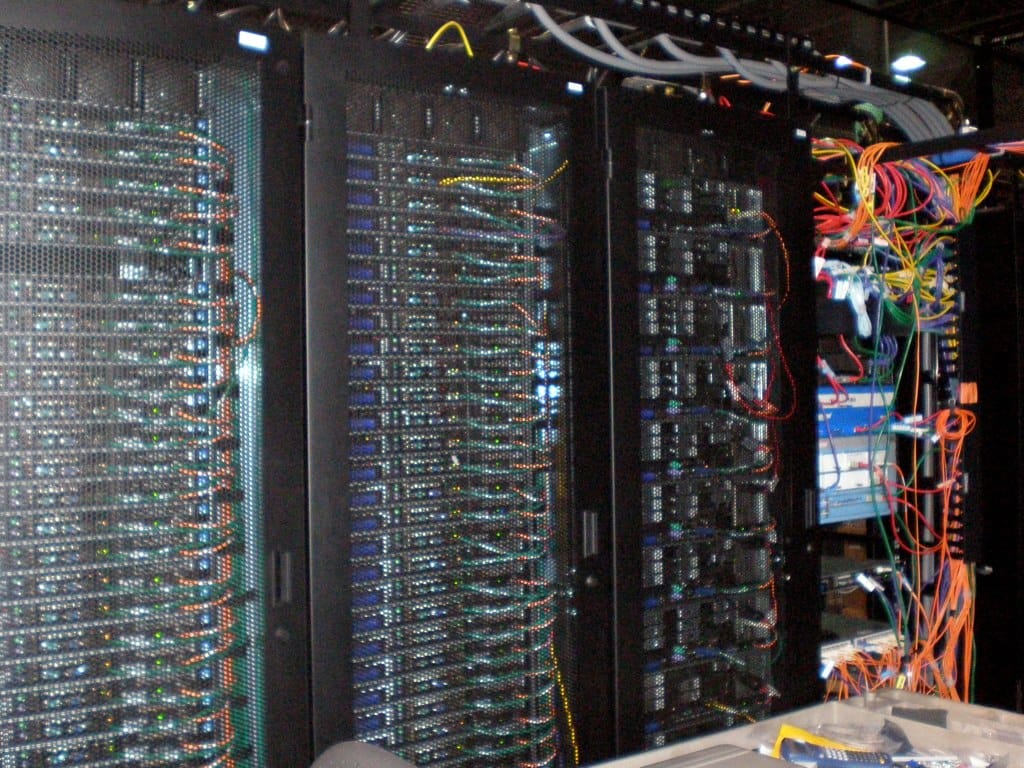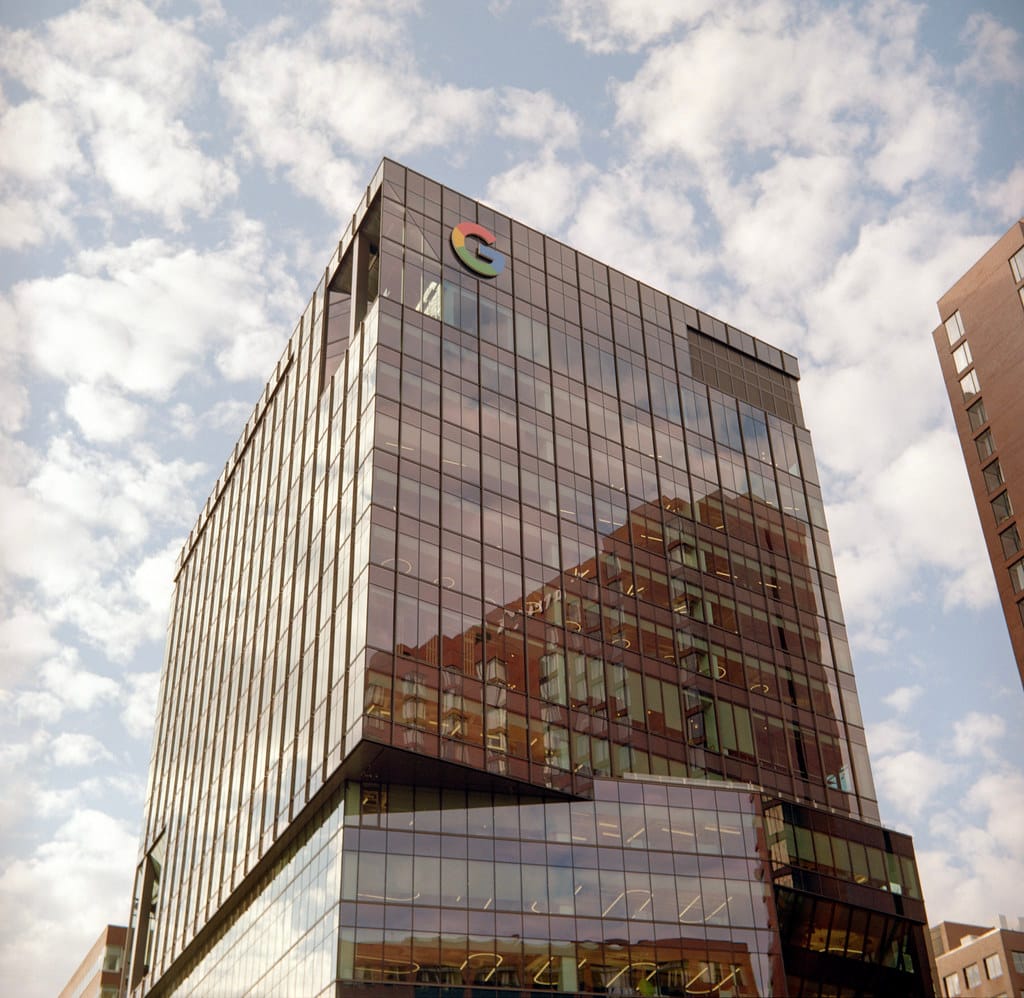The Hidden Cost of Digital Life: How Data Centers Are Driving Up Your Electric Bill
Your monthly electric bill has been climbing steadily, and while you might blame inflation or increased energy costs, there's another culprit quietly consuming massive amounts of power: the sprawling data centers that fuel our digital lives. From streaming Netflix to storing photos in the cloud, our insatiable appetite for digital services is creating an unprecedented strain on America's electrical grid—and ratepayers are footing the bill.
The Scale of the Problem
Data centers now consume approximately 4% of all electricity in the United States, a figure that has doubled in just the past decade. According to the International Energy Agency, these facilities used roughly 200 terawatt-hours of electricity in 2022—equivalent to powering Argentina for an entire year. Even more concerning, this consumption is projected to grow by 15% annually as artificial intelligence, cryptocurrency mining, and cloud computing demands explode.
In Northern Virginia alone, home to the world's largest concentration of data centers, these facilities consume more electricity than the entire state of Maryland. The region's power grid operator, PJM Interconnection, reports that data center load has increased by over 60% since 2019, forcing utilities to scramble for additional power sources.
The Utility Rate Connection
As data centers consume more electricity, utilities are being forced to build new power plants, upgrade transmission lines, and expand grid infrastructure. These massive capital investments don't disappear into thin air—they're passed directly to consumers through higher electricity rates.
Virginia serves as a prime example: Dominion Energy, the state's largest utility, has requested rate increases partly justified by the need to serve growing data center demand. The utility projects it will need to add 5,000 megawatts of new generation capacity by 2030—enough to power roughly 3.8 million homes—with data centers driving much of this requirement.
In Georgia, similar patterns are emerging. Georgia Power has cited data center growth as a key factor in its recent rate increase requests, while warning that without proper planning, residential customers could see bills rise by hundreds of dollars annually.
The AI and Cloud Computing Surge
The explosion of artificial intelligence applications is supercharging an already growing problem. Training a single large AI model can consume as much electricity as 126 Danish homes use in a year, according to researchers at the University of Massachusetts. Companies like Microsoft, Google, and Amazon are building massive AI-focused data centers that can consume 100 megawatts or more—equivalent to powering 75,000 homes.
Meanwhile, the shift to cloud computing means that even basic business operations now require significant data center resources. Every Zoom call, email attachment, and cloud-stored document contributes to this growing energy appetite.
Geographic Concentration Creates Hotspots
The problem isn't evenly distributed across the country. Certain regions are bearing a disproportionate burden:
- Northern Virginia: Home to over 25 million square feet of data center space
- Central Ohio: Amazon Web Services alone operates multiple massive facilities
- Phoenix, Arizona: Attracted by lower real estate costs and favorable regulations
- Dallas-Fort Worth: A major hub for both hyperscale and enterprise data centers
In these areas, residents are experiencing more dramatic rate increases as local utilities struggle to keep up with surging demand.
The Regulatory Response
Some states are beginning to take action. Virginia recently passed legislation requiring data centers to report their energy consumption and explore renewable energy options. Illinois is considering taxes on data center electricity usage, while several other states are examining whether these facilities should bear a larger share of grid infrastructure costs.
However, the patchwork of state regulations means many data centers simply relocate to more favorable jurisdictions, spreading the problem rather than solving it.
What This Means for Consumers
The implications for American households are clear: as our digital consumption grows, so will our electricity bills. Industry experts predict that data center-driven rate increases could add $100-300 annually to the average household's electricity costs by 2030.
The challenge lies in balancing our digital economy's growth with affordable electricity for all consumers. While data centers provide valuable services and economic benefits, the current model essentially subsidizes Big Tech's infrastructure through residential ratepayer charges.
Moving forward, policymakers must grapple with fundamental questions about who should pay for the grid upgrades needed to support our digital future—and whether the current system of socializing these costs across all ratepayers remains sustainable.

